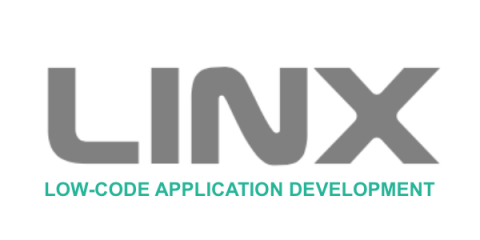Systems | Development | Analytics | API | Testing
Linx
Download a file from SharePoint with the API
Integrating with Microsoft Graph API - Creating a Calendar Event
How To Dynamically Generate Files
How to build an API with a POST method
Automated file archiving made simple
File and folder management is a large part of backend development. Whether you are creating files, importing files, or simply following organisation standards, every system needs to consider how files are stored and archived. This is especially important for ETL or data-loading solutions. Low-code tools are a good choice when you create a process to automate your file archiving.
Quickly create a REST API (Linx 6 Demo under 5 minutes)
Cartrack Fleet Integration with Linx
Cartrack is widely used for fleet management, and they offer a web service to manage jobs, customers and drivers. This post covers how you can integrate your system and the Cartrack API with Linx. The idea is to provide a base template solution to make it easier to integrate with the Cartrack API. Bring your integration requirement, add your system connectors and call the Cartrack API with the provided functions.
Take your data from any source to any target
A common data development task is to move data from a target to a source. It can be a time consuming and tedious process when you have many sources or many targets of different types. This task can be made more complex when you add an automation component. These tasks can be made much quicker and easier to manage when using the right tool, for example Linx. This article will look at exactly how you can read and write data from these different sources.





